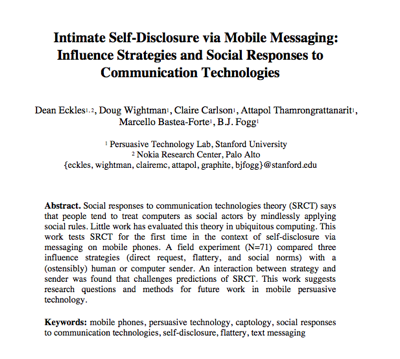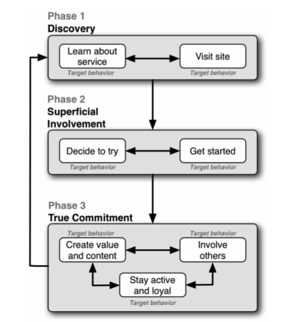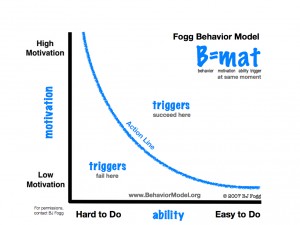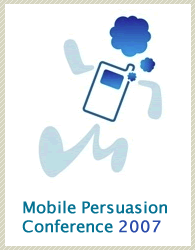
A Method for Matching Target Behaviors with Solutions
This paper presents a method for matching target behaviors with solutions for achieving those behaviors. Called the Behavior Wizard, this method first classifies behavior change targets into one of 15 types. Later stages focus on triggers for the target behaviors and on relevant theories and techniques. This new approach to persuasive design, as well as the terminology we propose, can lead to insights into the patterns of behavior change.


 How Successful Web Services Structure Persuasion
How Successful Web Services Structure Persuasion
